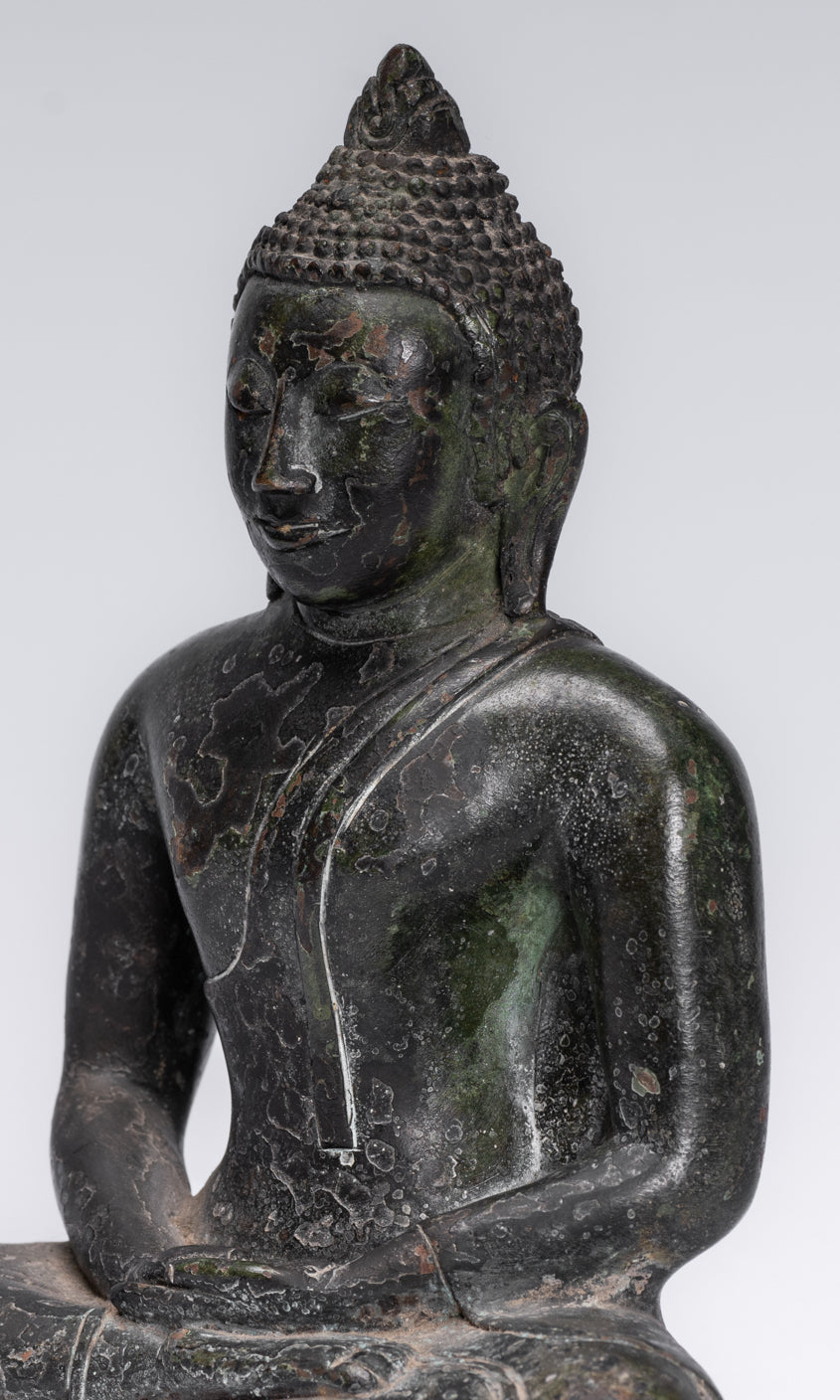
Enhancing Your Yoga Practice with a Buddha Statue
Introduction
Yoga, a practice that integrates physical postures, breath control, and meditation, seeks to achieve physical and mental harmony. The use of symbolism and sacred objects can enhance the spiritual depth of your yoga practice. A Buddha statue, with its rich symbolism and serene presence, can be a powerful tool to deepen your yoga experience. In this Blog, we will explore how you can incorporate a Buddha statue into your yoga practice to promote mindfulness, inner peace, and spiritual growth.
I. Setting the Intention
Before beginning your yoga practice, take a moment to set a clear intention. Place your Buddha statue in a prominent location within your practice space, ideally at eye level or slightly above. As you sit in a comfortable posture and gaze at the statue, silently or verbally express your intention for the practice. This can be a dedication for inner peace, self-discovery, or any other intention that resonates with you.
II. Focal Point for Meditation
During your yoga practice, consider using the Buddha statue as a focal point for meditation. Choose a meditative posture, such as seated or lying down, and position the statue within your field of vision. Softly focus your gaze on the statue's serene features. As you move through your practice, let the Buddha's presence guide your concentration, helping you stay present in each posture and breath.
III. Mindful Breathing
The Buddha statue can serve as a reminder to practice mindful breathing throughout your yoga session. As you transition between poses, use the Buddha's image as a cue to inhale deeply, expanding your chest and abdomen, and exhale slowly, releasing tension. The act of synchronizing your breath with the statue's presence can deepen your awareness and enhance relaxation.
IV. Reflection and Self-Discovery
Integrate moments of reflection and self-discovery into your yoga practice with the Buddha statue. Pause at regular intervals to sit in contemplation, facing the statue. Consider questions or themes related to your life's journey, personal growth, or challenges. The serene expression of the Buddha can inspire introspection and insights that can be carried with you throughout your practice and into your daily life.
V. Gratitude and Mindfulness
Incorporate a sense of gratitude and mindfulness by bowing or offering a gesture of respect to the Buddha statue at the beginning and end of your yoga practice. This simple act can cultivate humility and appreciation for the wisdom and serenity represented by the Buddha. It also serves as a reminder of the interconnectedness of all beings and the reverence for life.
VI. Closure and Dedication
As you conclude your yoga practice, return to a seated position facing the Buddha statue. Dedicate the positive energy, insights, and mindfulness you've cultivated during your practice to a specific purpose, whether it's personal well-being, healing, or sending positive intentions to others. Offer a final bow or gesture of gratitude to close your practice, acknowledging the transformative power of yoga and the inspiration drawn from the Buddha statue.
Conclusion
Incorporating a Buddha statue into your yoga practice can elevate your experience from a physical exercise to a spiritual journey. The statue serves as a symbol of serenity, wisdom, and mindfulness, guiding your practice with its presence. By setting intentions, using it as a focal point, and integrating moments of reflection, you can deepen your awareness, cultivate inner peace, and enhance your spiritual growth. The Buddha statue becomes not just an ornament in your practice space but a source of inspiration and guidance on your yoga journey.


